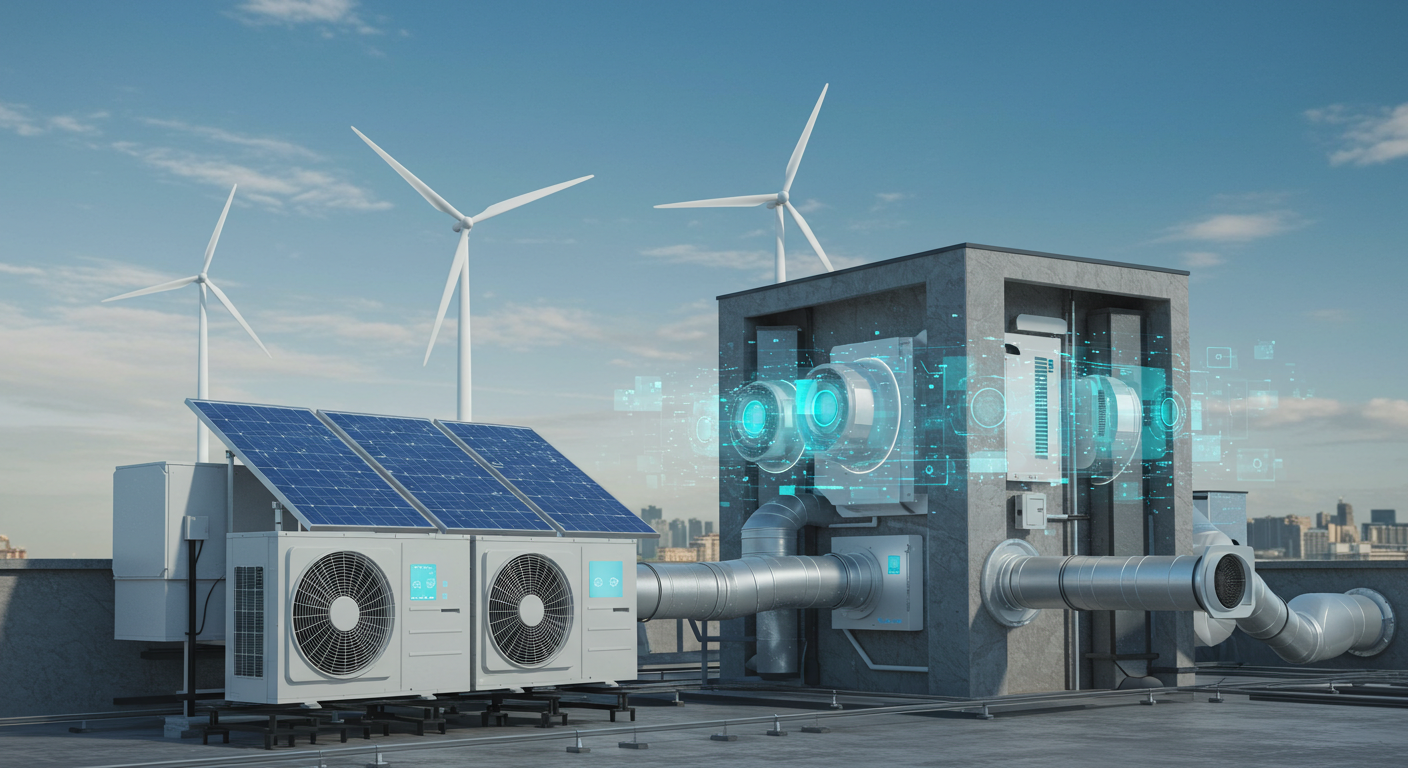
Why Substituting R-454B for R-410A Is a Bad Idea
In the ever-evolving world of HVAC systems, the quest for more environmentally friendly refrigerants is ongoing. However, not all substitutions are created equal. If you’re considering swapping R-410A for R-454B, you might want to think twice. This article explores why substituting R-454B for R-410A is a bad idea, highlighting the potential dangers and drawbacks of making such a switch.
Understanding the Flammability Risks
One of the most significant concerns with using R-454B in place of R-410A is its flammability. R-454B is classified as A2L, meaning it is mildly flammable. On the other hand, R-410A is A1, non-flammable. This difference raises considerable safety concerns if R-454B is installed in systems not specifically designed for A2L refrigerants. The risks associated with R-454B flammability are not something to take lightly, as they can lead to compliance issues and the need for new service protocols.
Performance and Capacity Challenges
Switching refrigerants is not just a matter of compatibility; it also affects system performance. R-454B requires coils with 10–20% more heat transfer surface to achieve the same capacity as R-410A designs. If substituted into existing equipment without these adjustments, you might experience underperformance and inadequate dehumidification.
System Design Constraints and Compatibility Concerns
R-454B’s behavior as a zeotropic blend, along with its slightly higher temperature glide, complicates modeling, charging, and system performance in legacy designs. A true drop-in replacement is not possible, and using R-454B in non-approved systems can lead to significant HVAC refrigerant replacement risks and safety issues.
Equipment and Handling Requirements
Service equipment, including recovery machines and vacuum pumps, must be A2L-rated for R-454B. Additional handling, labeling, and ventilation provisions are required, which cannot be easily retrofitted on R-410A systems. These R-454B retrofit problems highlight why this switch can lead to noncompliance and liability risks.
- R-454B coils need 10–20% more heat transfer surface.
- Flammability risks: R-454B is A2L, R-410A is A1.
- Non-compliant use in R-410A systems can lead to safety issues.
- Service equipment must be updated for A2L compatibility.
- Daikin offers R-454B-ready systems engineered for these needs.
Conclusion
Attempting to use R-454B in non-approved R-410A systems bypasses essential design, safety, and legal standards. It’s not just an unsafe and noncompliant practice, but also one that can lead to significant performance and reliability risks. Make sure to use refrigerants as designed to ensure both efficiency and safety.
Ready to upgrade your system safely? Consider systems engineered for R-454B, like those from Daikin, to ensure compliance and optimal performance.
FAQ: R-454B vs R-410A
What are the main dangers of substituting R-454B for R-410A?
R-454B presents flammability risks and performance issues when used in systems not designed for it, leading to potential safety hazards.
Can R-454B be a drop-in replacement for R-410A?
No, R-454B requires systems specifically designed for it due to its unique properties and handling requirements.
Why is R-454B flammable while R-410A is not?
R-454B is classified as A2L (mildly flammable), whereas R-410A is A1, meaning it is non-flammable, making them fundamentally different in safety profiles.
What are the retrofit problems when using R-454B?
Retrofitting R-410A systems with R-454B is not compliant and requires a complete system redesign to handle flammability and regulatory requirements.
How does R-454B affect system performance compared to R-410A?
R-454B may offer similar efficiency but requires larger heat exchangers and specific system design to avoid performance penalties.


